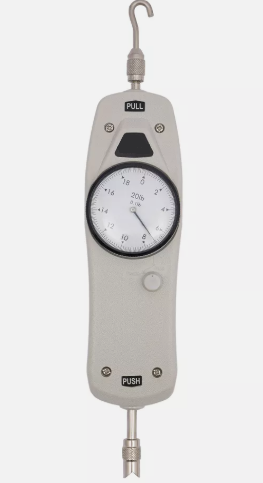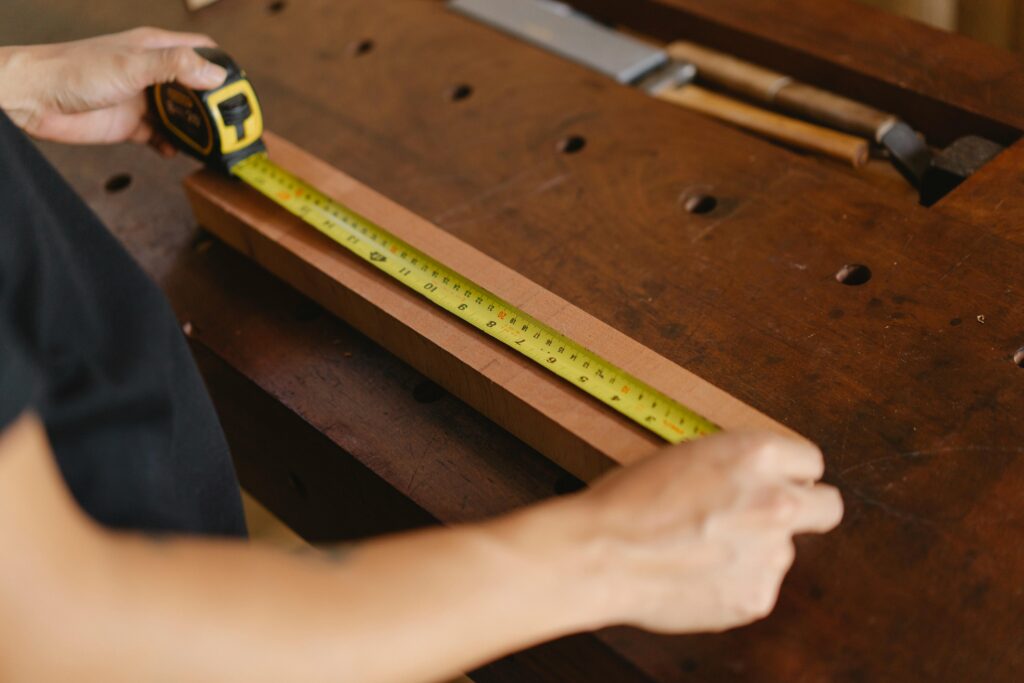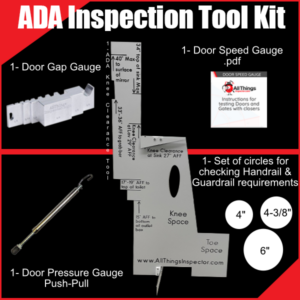

It’s possible to mistake a standard tape measure for an ADA tape measure because they look almost identical. After all, both are used for measuring distances, right? However, if you’re dealing with accessibility compliance, those small differences can make a big difference. An ADA (Americans with Disabilities Act) tape measure is designed to help architects and inspectors ensure that a building meets accessibility requirements. Meanwhile, a standard tape measure is a general tool used for everyday measurement in construction, woodworking or other home projects.
This article will explore the differences between them and their importance. Read on:
A standard tape measure is used for general measurements in construction, DIY projects and interior design while an ADA tape measure is designed to ensure compliance with ADA regulations. It’s used to measure door widths, ramp slopes, counter heights and other features to ensure accessibility for people with disabilities.
If you’re building a bookshelf, a standard tape measure is fine. But if you’re installing a wheelchair ramp or checking a restroom’s accessibility, an ADA tape measure is what you need.
Standard tape measures are marked in inches and feet (or centimetres and meters) with standard increments. Some even have additional markings for specific construction measurements.
An ADA tape measure is designed with features like bold, easy-to-read markings that align with ADA measurement standards. This makes it easy to use ADA tape measures particularly useful for quick checks without constantly checking an ADA guidebook.
ADA tape measures stand out from a standard tape measure in measuring ramp slopes and inclines. Standard tape measures straight line distances but doesn’t provide built-in slope calculations. If you’re checking a ramp’s incline with a standard tape measure, you’ll need additional tools like a digital level.
However, some ADA tape measure models are designed with built-in slope guides or work together with incline-measuring tools to ensure ramps meet the required 1:12 slope ratio (1 inch of rise for every 12 inches of run). If a ramp is too steep, it becomes dangerous for wheelchair users. An ADA tape measure helps ensure safety and compliance.
Standard tape measure comes in various lengths and materials meanwhile ADA tape measures are designed to be data-flexible to measure curved surfaces like handrails. Some even have extended lengths to allow large-scale accessibility checks. This flexibility facilitates the measuring process, especially in tight or complex spaces, like small bathroom stalls or wheelchair-accessible counters.
While a standard tape measure is a good option for everyday use and measurements, an ADA tape measure is necessary for ensuring accessibility and compliance. They are designed to ensure checking accessibility is easier, faster and more accurate. If you’re working on a project that involves accessibility, using an ADA tape measure is your best option.



Measuring door pressure is acting in compliance with building regulations, like the Americans with Disabilities Act (ADA). It’s an important step in ensuring accessibility, safety

When talking about building safety, the first things that come to mind are fire alarms, emergency exits and security systems. Meanwhile, the one tool that